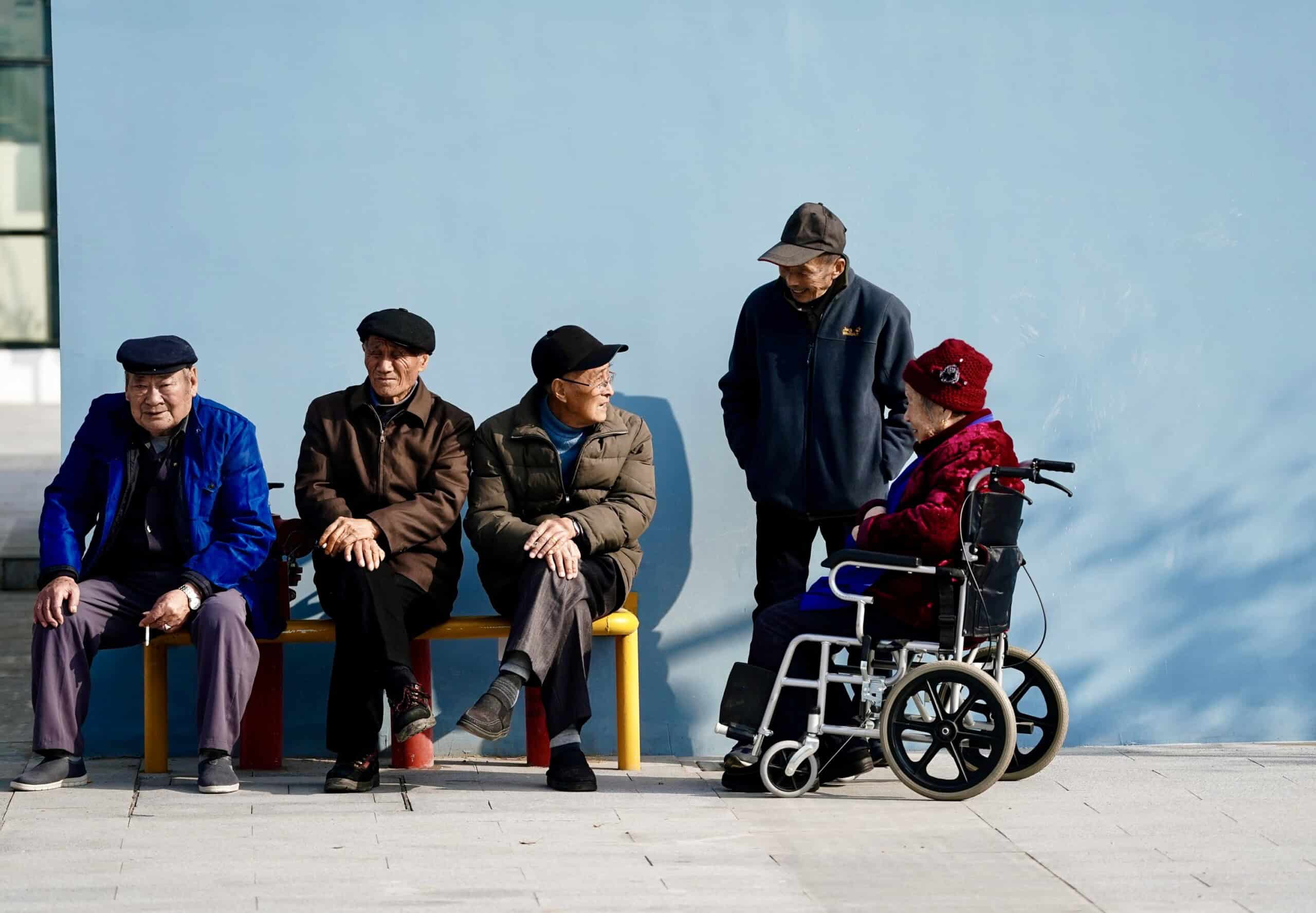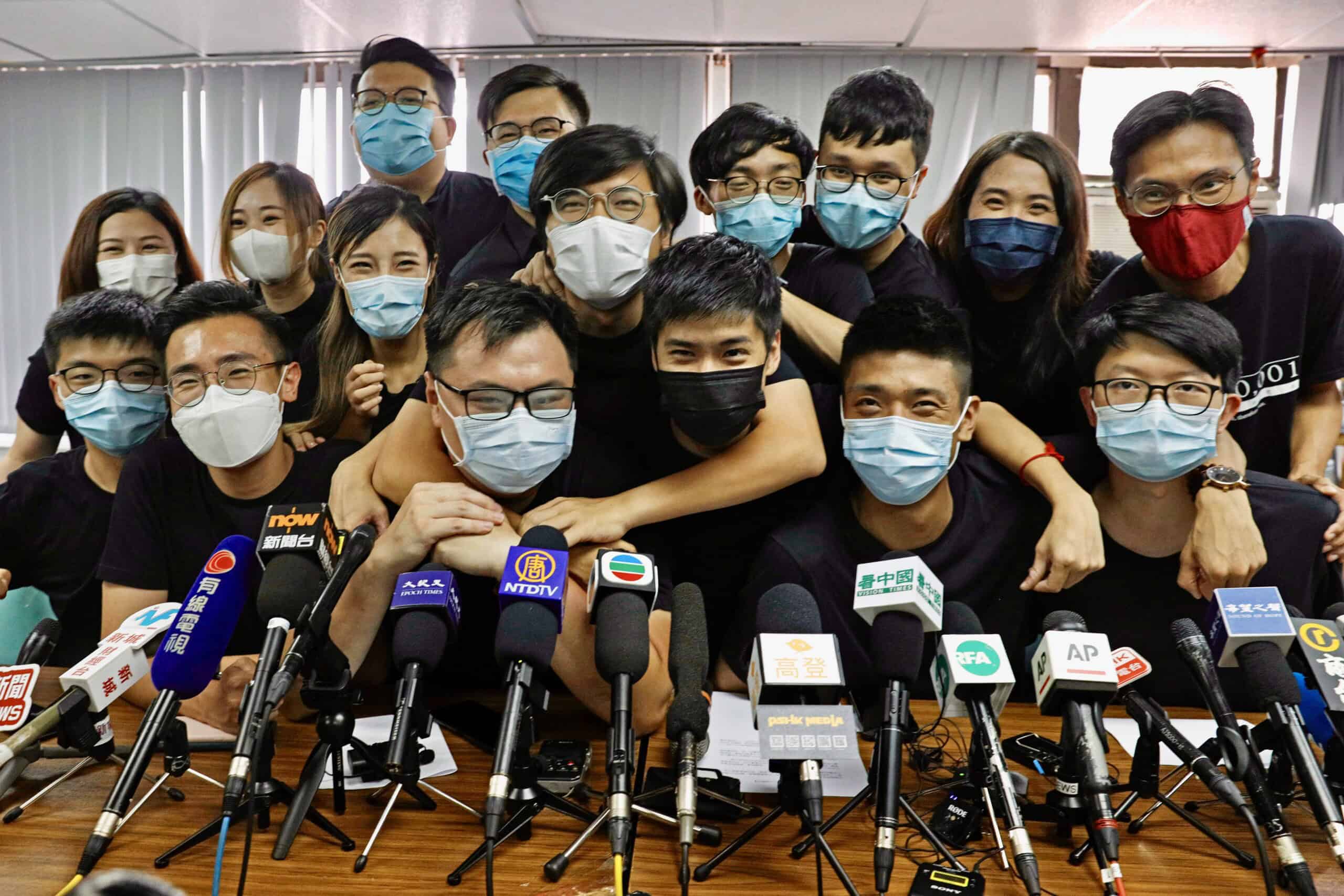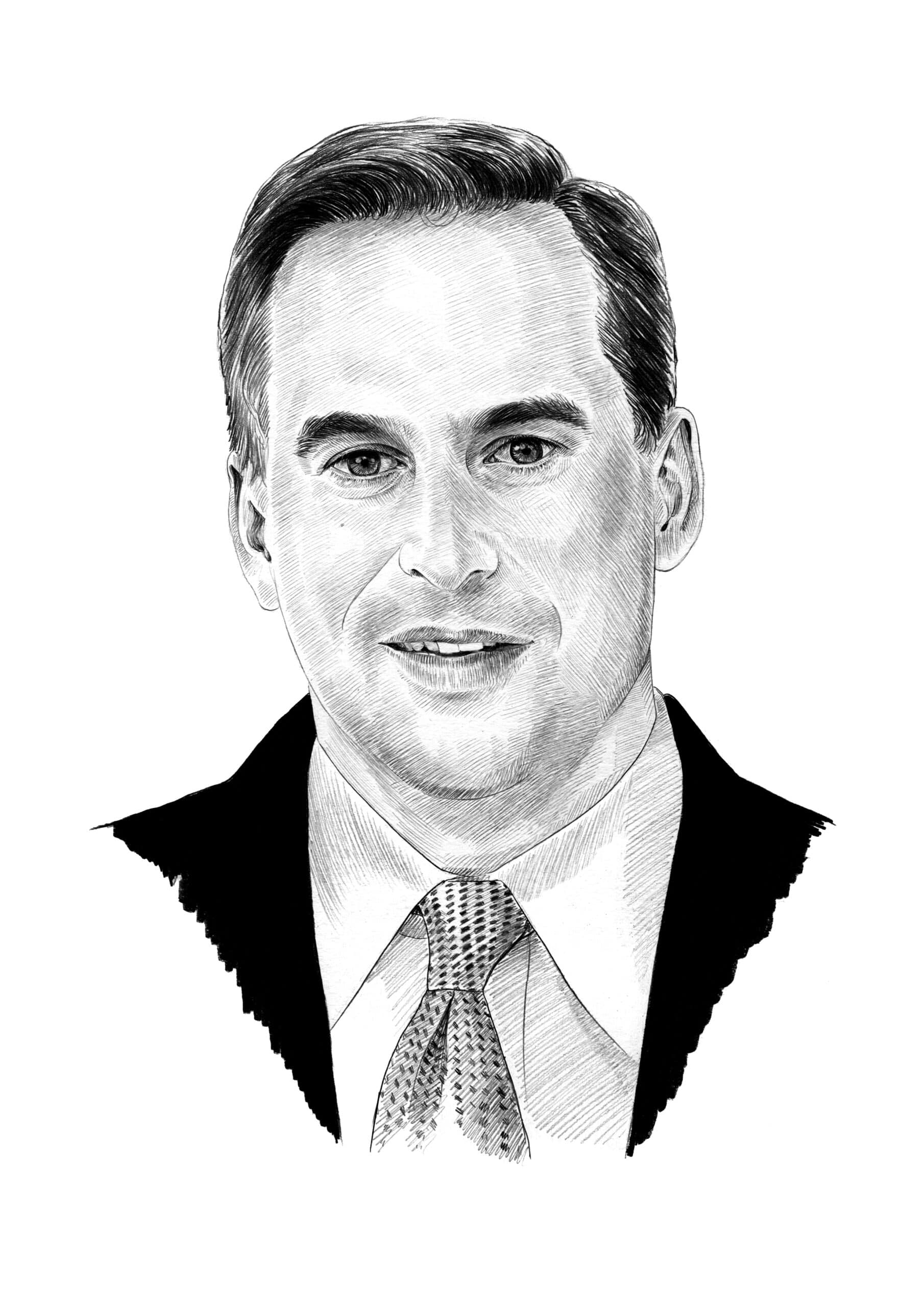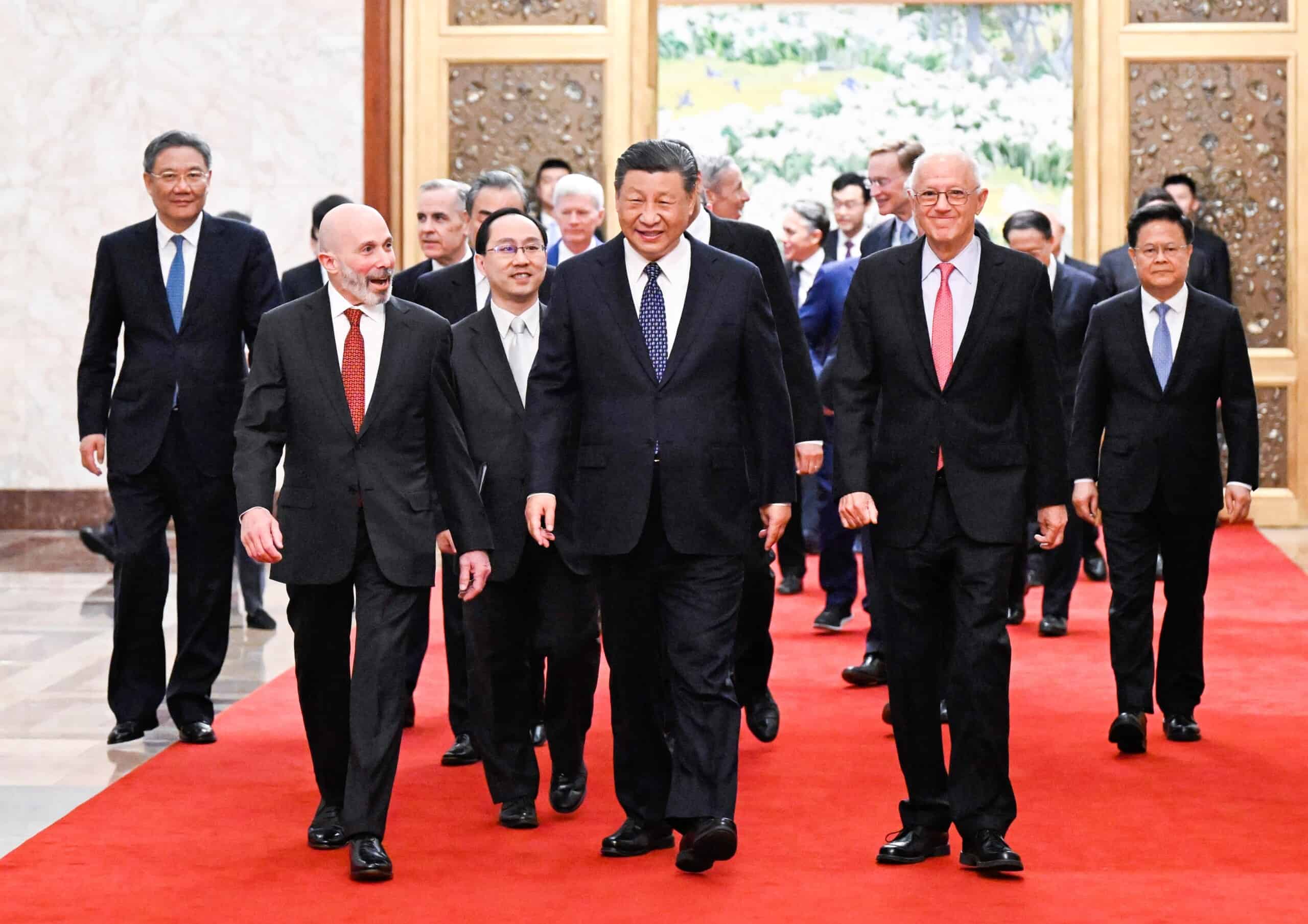
Chinese president Xi Jinping met with top American business executives in Beijing on March 27, signaling a desire to restore confidence in his country’s sluggish economy despite tensions between the two countries.
All the firms represented have benefited from China’s era of double-digit economic growth and deep engagement with the United States. But they now face a more uncertain era with tightening U.S. restrictions on technology transfers and ever-expanding definitions of national security affecting business in both countries.
This week, The Wire profiles the business leaders who got an audience with Xi and assesses how their red-carpet treatment in China compares with how they’ve handled rocky relations between the two countries.
DOLLAR DIPLOMACY
Xi’s meeting with U.S. business leaders in March is his second in recent months, after the Chinese leader met top executives in San Francisco in November during the Asia-Pacific Economic Cooperation (APEC) summit.
The graphic below highlights some of the notable attendees this time around.


Photo Credit: Shen Hong/Xinhua via Getty Images.
Financial services and technology companies were the most well-represented sectors at the Xi meeting. These included embattled firms such as Qualcomm, which relies on China for more than 60 percent of its global revenue but has been forced to navigate increasingly onerous U.S. export controls on strategic technologies like semiconductors.

Some of the U.S. companies with the biggest businesses in China were notably absent. Apple boss Tim Cook made a separate visit to China the week before the Xi meeting, where he oversaw the opening of a new Apple store in Shanghai and met with local suppliers, including BYD, Lens Technology and Shenzhen Everwin Precision Technology.
Apple has also had to recalibrate its relationship with China: In 2024, it plans to increase the global share of iPhones manufactured in India from 12-14 percent to 20-25 percent, according to TF International Securities analyst Ming-chi Kuo. Check out the below graphic to learn more about which sectors were represented:

Some of the executives who met with Xi have long track records of promoting engagement with China, seeing themselves almost as bridges between the world’s two largest economies. This includes Barrick Gold chairman John Thornton, who spearheaded the listings of major Chinese state-owned enterprises while at Goldman Sachs in the late 1990s.
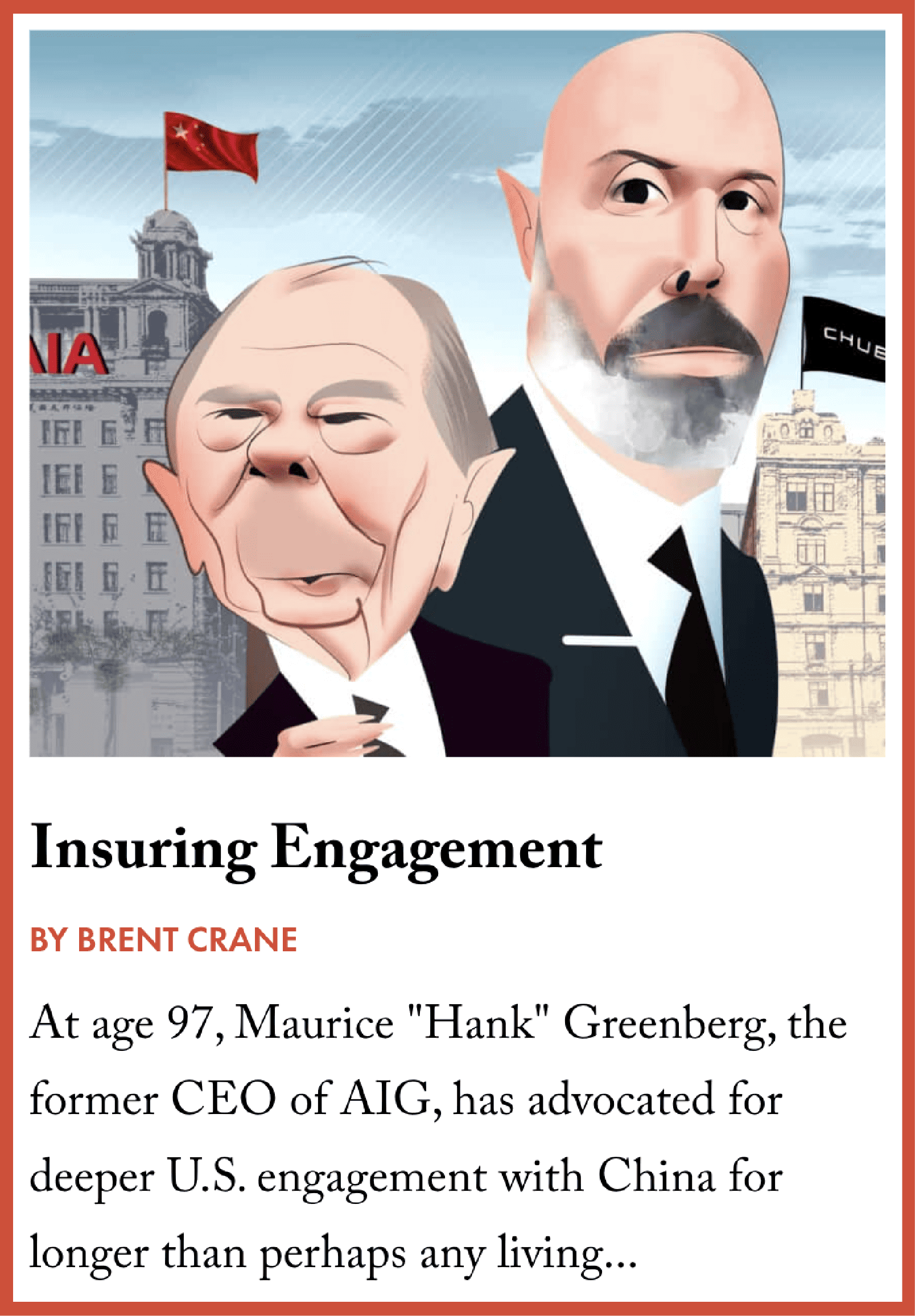
Chubb chief executive Evan Greenberg has meanwhile taken on the mantle of cheerleading for close business ties with China from his father Hank, longtime CEO of insurance giant AIG which has long had exceptional access to the Chinese market. Chubb recently doubled down on its investment in China, taking ownership of Huatai Insurance Group, one of China’s largest insurance companies, after a 20-year effort to gain regulatory approval.
At the meeting, Xi rejected the notion that China’s economy has peaked, pointing out that China has not collapsed as some predicted. “The relationship cannot go back to the old days, but it can embrace a brighter future,” Xi said of China’s links with the United States, according to state media.
Check out the graphic below for a breakdown of the age ranges of the U.S. executives who met with Xi, and how many women were represented at the meeting.


Aaron Mc Nicholas is a staff writer at The Wire based in Washington DC. He was previously based in Hong Kong, where he worked at Bloomberg and at Storyful, a news agency dedicated to verifying newsworthy social media content. He earned a Master of Arts in Asian Studies at Georgetown University and a Bachelor of Arts in Journalism from Dublin City University in Ireland.

